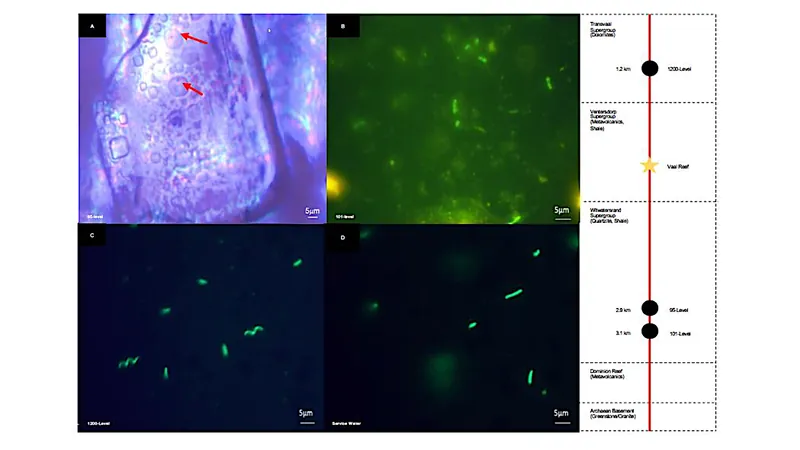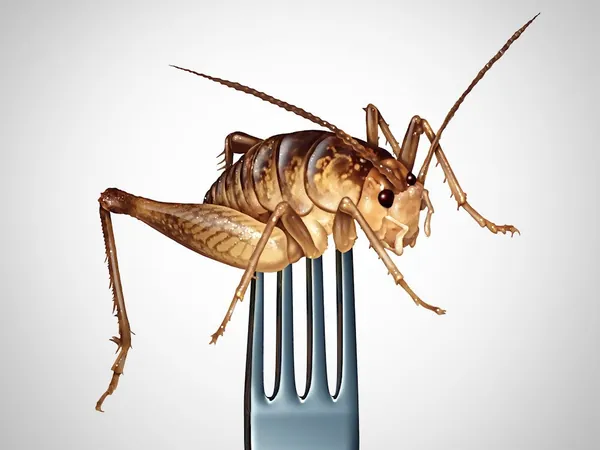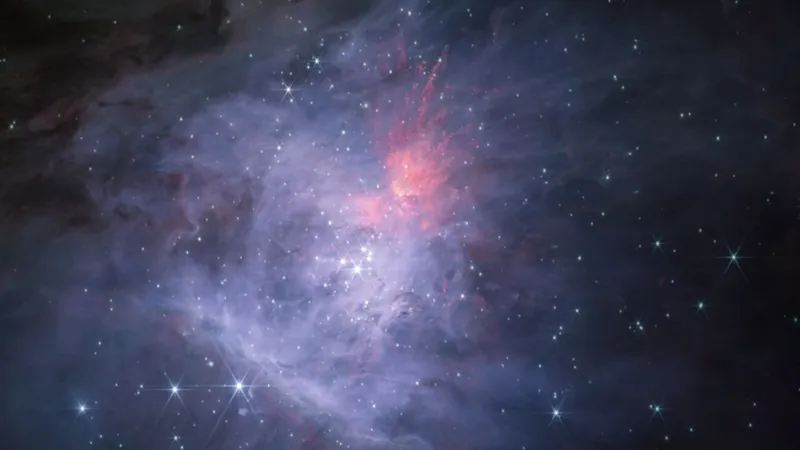
Unveiling the Secrets of Ancient Subsurface Brine: Are These Microbial Worlds Habitable?
2024-11-07
Author: Olivia
Introduction
In a groundbreaking study, researchers have delved deep into long-isolated subsurface brine environments that have remained untouched for millions of years. These extreme habitats, characterized by high salinity and low biomass, have sparked interest due to their potentially habitable conditions, suggesting that they may sustainably provide energy to microbial life forms through processes like water-rock reactions.
Research Findings
Despite their inaccessibility, scientists have made significant strides in understanding the microbial taxonomic distribution and survival strategies in these harsh conditions. The study focused on 95 single-cell amplified genomes (SAGs) obtained from hypersaline brine taken from 3.1 kilometers deep in South Africa’s Moab Khotsong mine. What they discovered was astonishing.
Microbial Taxonomic Distribution
The findings showed that the majority of these SAGs belonged to three halophilic families: Halomondaceae (58%), Microbacteriaceae (24%), and Idiomarinaceae (8%), with no overlap detected with families from other less saline environments within the mine. This points to a unique microbial community that has adapted remarkably to its extreme surroundings.
Metabolic Pathways and Energy Extraction
Furthermore, researchers conducted functional annotations revealing complete metabolic modules related to aerobic heterotrophy, fermentation, denitrification, and thiosulfate oxidation. This suggests that these microbes have developed efficient energy-extraction pathways in a microoxic environment, thereby pushing the boundaries of what we consider habitable.
Implications for Extraterrestrial Life
The ability of these organisms to degrade complex organic molecules and synthesize amino acids and nucleotides is particularly intriguing. The study posits that these subsurface fluids, enriched with radionuclides, may not only support life but could also serve as a model for understanding potential extraterrestrial habitats.
Nutrient Cycling in Extreme Environments
With total community nutrient cycling diagrams outlining the interactions of carbon, nitrogen, and sulfur among 101-level brine SAGs, this research opens the door to a better understanding of nutrient cycling in extreme environments. The implications for astrobiology are immense, suggesting that similar processes might occur on other planetary bodies, where conditions resemble this ancient, geomicrobiologically rich brine system.
Conclusion
Could these ancient subsurface brines provide clues about life beyond Earth? As we continue to explore these extreme ecosystems, we inch closer to unlocking the mysteries of microbial life that defy conventional understanding. This study is a reminder that life, in its myriad forms, may be more resilient and adaptable than previously thought, even in the most inhospitable of environments.









 Brasil (PT)
Brasil (PT)
 Canada (EN)
Canada (EN)
 Chile (ES)
Chile (ES)
 España (ES)
España (ES)
 France (FR)
France (FR)
 Hong Kong (EN)
Hong Kong (EN)
 Italia (IT)
Italia (IT)
 日本 (JA)
日本 (JA)
 Magyarország (HU)
Magyarország (HU)
 Norge (NO)
Norge (NO)
 Polska (PL)
Polska (PL)
 Schweiz (DE)
Schweiz (DE)
 Singapore (EN)
Singapore (EN)
 Sverige (SV)
Sverige (SV)
 Suomi (FI)
Suomi (FI)
 Türkiye (TR)
Türkiye (TR)